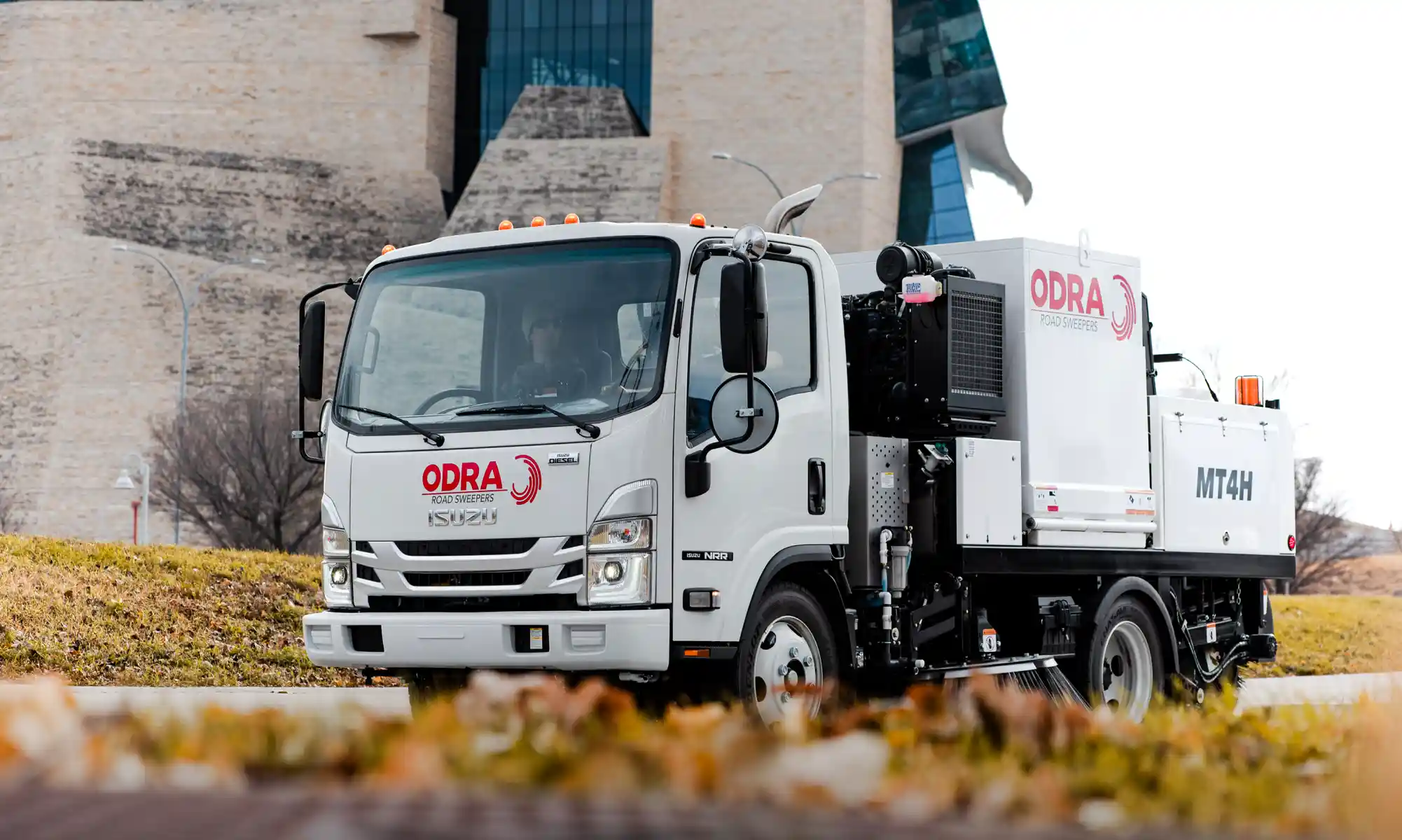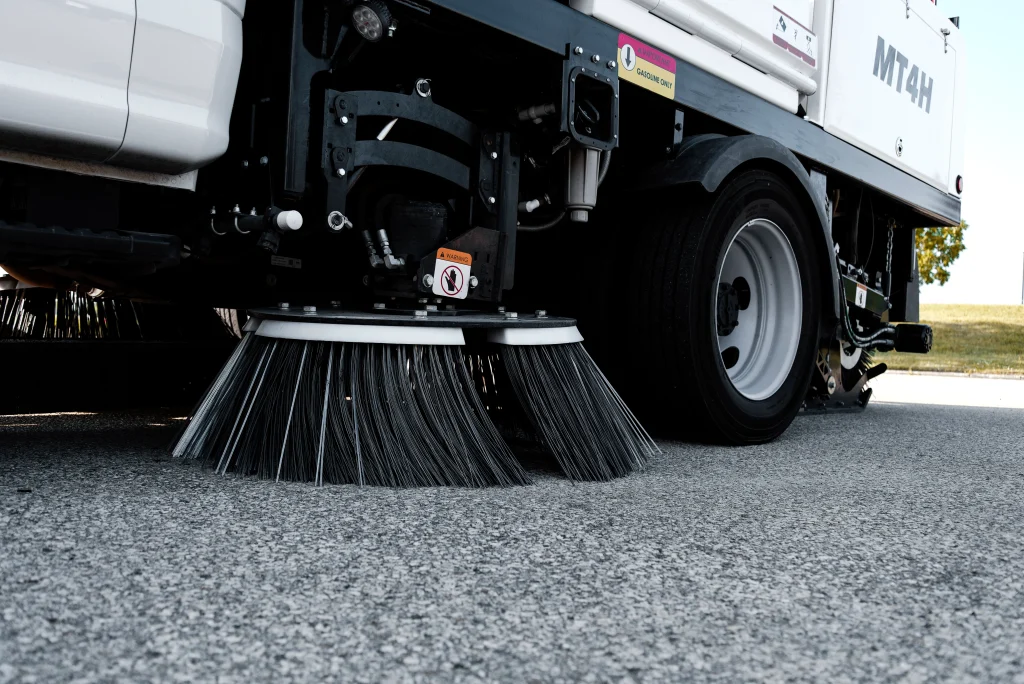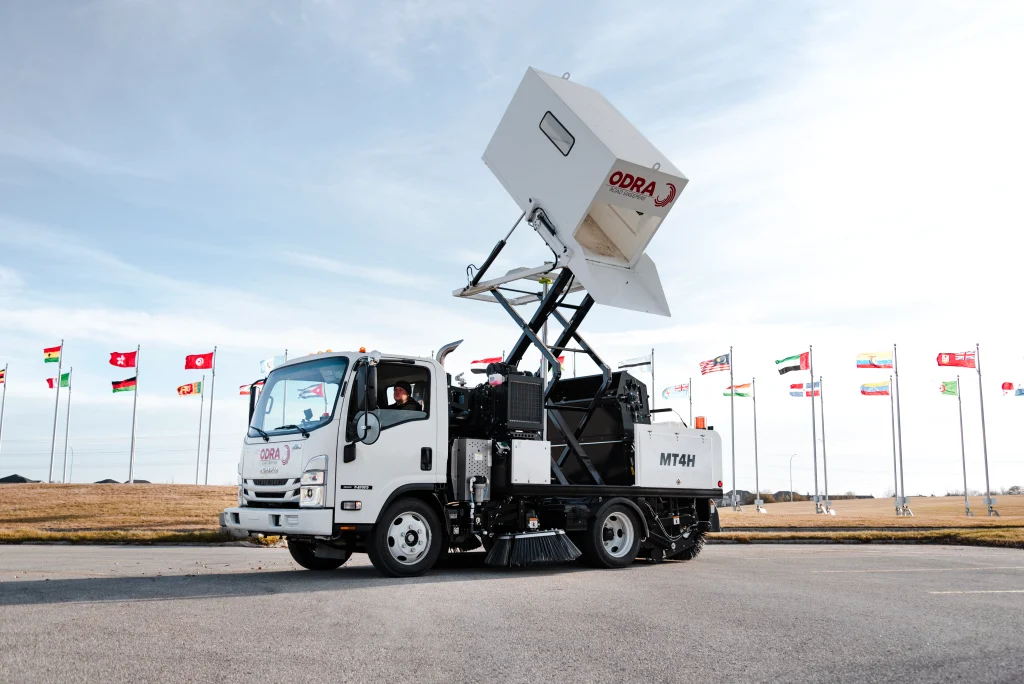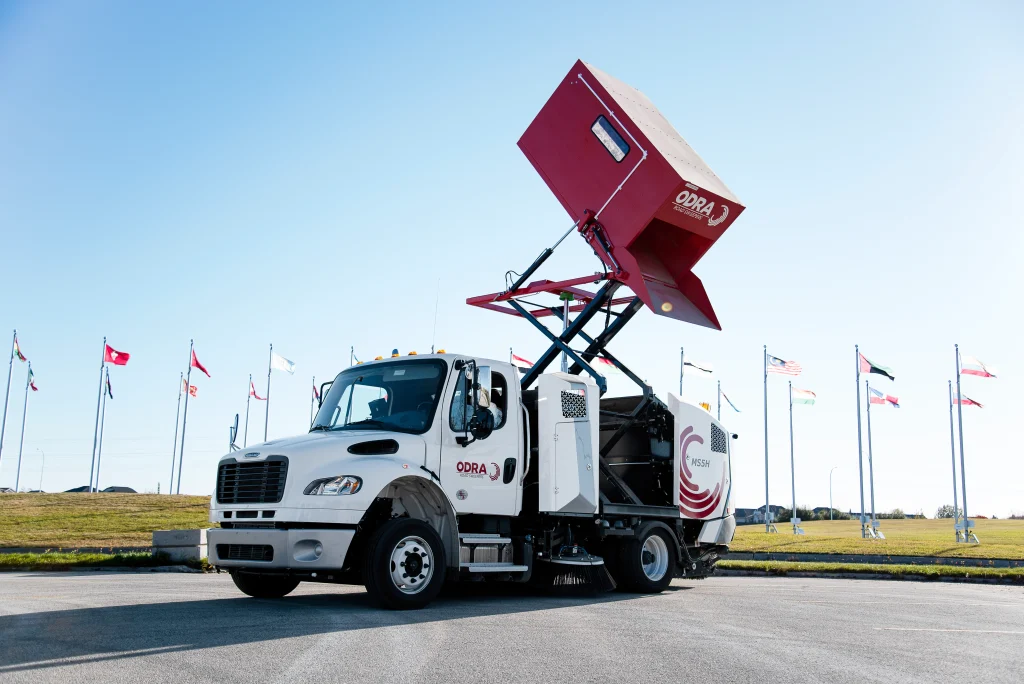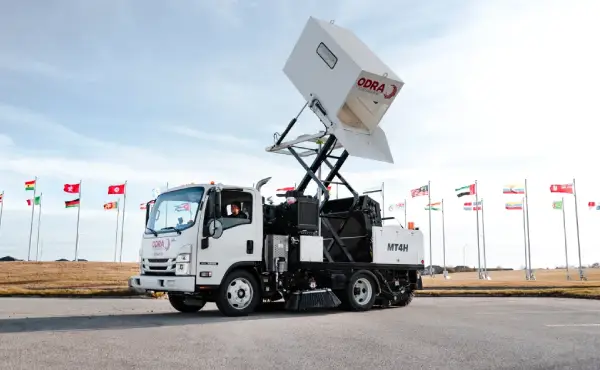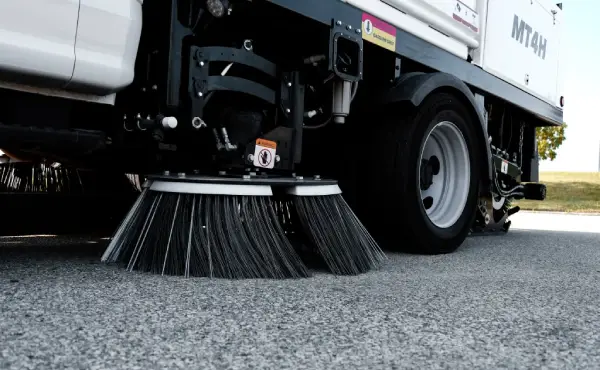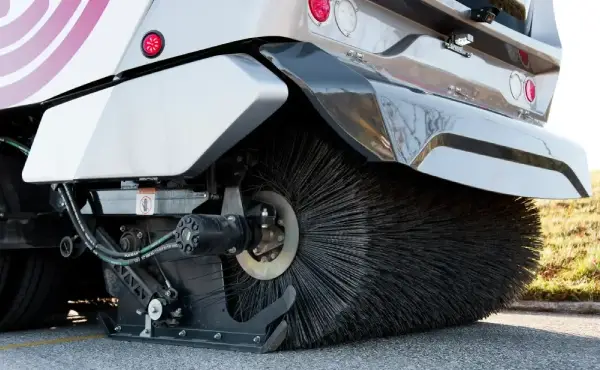Buying Guide: Everything You Need To Know About CDL Requirements
Considering a new
road
sweeper but unsure of the details? It can be hard
to know what specifications are right for you. Let’s talk about
CDL (or, Commercial
Driver’s License) requirements for sweepers and the meaning and implications of a
“derated” chassis.
When it comes to CDL
requirements, it all comes down to GVWR. GVWR (or
gross vehicle weight rating) is the total maximum
operating weight of the vehicle. A
commercial vehicle does not require a CDL if its total operating weight does not exceed
26,000 lbs.
CDL, non-CDL, or Derated?
Required CDL
A CDL is necessary for operating vehicles with a GVWR of 26,001 lbs. or more. This
requirement ensures that drivers have the knowledge and skills necessary to operate
large commercial machinery safely and effectively. CDLs may differ by state, so it’s
essential to understand the specific regulations in your area.
CDL drivers are in high demand. Professions that typically require CDL licenses
include cargo truck drivers, heavy equipment haulers, and truck driving instructors.
Non-CDL
Vehicles that have a GVWR of 26,000 or less are advertised as “non-CDL,” or not
requiring a commercial driver’s license. For these vehicles, a standard driver’s
license will suffice. To obtain a standard driver’s license, you must meet legal
requirements for driving age and pass a driver’s test.
Due to the high demand for CDL drivers, many manufacturers have begun building
vehicles with a GVWR under 26,000 lbs. In an already tight job market, this reduces
the stress on contractors to find and retain drivers.
Derated
“Derating” is a way of assigning a GVWR to a vehicle by setting a limit on the
payload capacity. You may see a 33,000 lb. sweeper “derated” to 26,000 lbs. after
production in order to sell it as non-CDL.
So, where did the weight go? When a vehicle is “derated,” essentially, the
manufacturer adds an artificial limit on the carrying capacity.
- For example, your 33,000 lb. GVWR sweeper with an 11,000 lb.
payload capacity
weighs 22,000 lbs. when completely empty (33,000 – 11,000). When you derate the
GVWR, you must still stay under 26,000 lbs. total – meaning you can only use
4,000 lbs. of your 11,000 lb. capacity.
This means your full-size 5 yd3 sweeper is over legal weight before your hopper is
half full! This can result in hefty fines if you accidentally go over your legal
payload limit. That doesn’t leave you much room when you consider:
- 360 gallons of water weighs 2,500 lbs.
- 1 yd 3 of sand weighs 2,400 lbs.
- 1 yd 3 of asphalt millings weigh approx. 2,800 lbs.
Why Does it Matter?
Weight restrictions haven’t always guided purchasing decisions the way they do now.
Because of the high demand for CDL drivers, as well as the rising cost of fuel and
operations, the non-CDL segment has become increasingly popular. Now, many larger
format vehicles, whose designs have typically relied on heavy steel, are trying to
enter the segment. They do this by derating their existing 33,000 lb. GVW chassis to
26,000 – a quick fix that allows them to target the new market.
Alternatively, some manufacturers may have considered weight restrictions from the
design stage. Through focused technology and purposeful engineering, they focus on
reinforcing components that matter and saving weight in areas that aren’t
force-bearing. This means the sweepers have all the power and a fraction of the
weight – plus, no specialized licenses required.
See: ODRA’s
MT4H (mounted on
an Isuzu NRR chassis) and
MS5H
(mounted on a
Freightliner M2 chassis).
Overview
| MODEL |
EMPTY WEIGHT |
PAYLOAD CAPACITY |
TOTAL WEIGHT (GVWR) |
| Competitor Sweeper – Required CDL |
22,000 lbs. |
11,000 lbs. |
33,000 lbs. |
| ODRA MT4H – True non-CDL |
14,500 lbs. |
5,000 lbs. |
19,500 lbs. |
| ODRA MS5H – True non-CDL |
17,500 lbs. |
8,000 lbs. |
25,500 lbs. |
| Competitor Sweeper – Derated |
22,000 lbs. |
4,000 lbs. |
26,000 lbs. |
When it comes to selecting a sweeper, understanding the different CDL requirements
is important as it will affect your hiring/retention plan and can result in serious
implications if done wrong. If you want to take full advantage of the large hopper
you’re paying for, it’s important to make sure the unit you’re purchasing suits you
and your sweeping needs.
When it comes to selecting a sweeper, understanding the different types available is
crucial. Whether you’re managing heavy-duty cleanup, tackling light debris, or
maintaining streets, there’s a sweeper designed to meet your specific needs.
Contact Our Team :
Need
assistance in choosing the right sweeper for your specific
application? Our expert team is here to help! Reach out to us today for personalized
guidance and recommendations. Let’s keep your streets clean and efficient!

